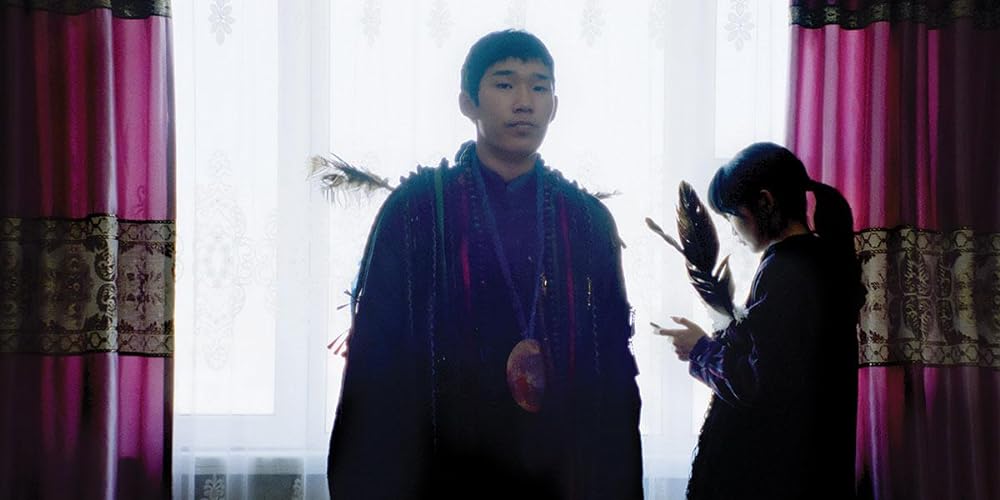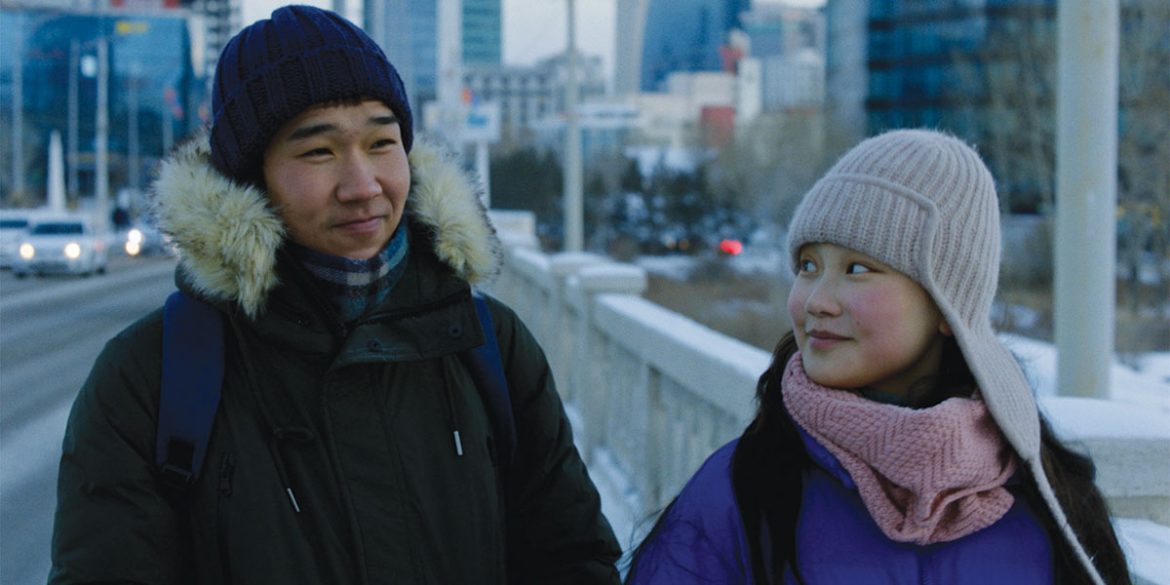Engelbert Rafferty reviews Lkhagvadulam Purev-Ochir’s debut film ‘City of Wind’. It premiered in this year’s QCinema as part of the ‘New Horizons’ section. Spoilers are present in this review.
In the last day of February 2006, renowned Mongolian shamanism figure Sarangerel Odigon passed away at age 43, which we can all argue is “too young.” A brief history of shaman Sarangerel, according to the World Mongol News, published in April 2006: “[She] went to live in Mongolian regions of (the central) Mongolia, Buryatia and Tuva. She worked tirelessly to restore and reconstruct the ancient and the original belief system of the Mongols and to reintroduce it to the people around the globe. As a scholar and lecturer, and as the Foreign Outreach Officer of Golomt Tuv, she travelled back and forth between the Mongolias and the Western countries, giving lectures and workshops. In her first book, Riding Windhorses, she expressed that the ancient Mongolian spiritual belief system could offer a lot to help resolve some of the modern problems, such as environmental destructions and lack of harmony between the nature and humans.” Upon close inspection of her first book, its readers get a glimpse of what is at the heart of Mongolian shamanism: (1) the maintenance of balance in the world; (2) reverence for the earth and living things; and (3) personal responsibility. All these three principles, according to shaman Sarangerel, point to the great change catalyzed by the individual, by us. We reap what we sow. We get what we give. This very notion presents 3 conundrums. First, how does one learn to maintain world balance in an otherwise ever-changing society? Second, how does one learn what and what not to revere? And third, what is the extent of one’s personal responsibility when each individual living on earth develops at varying degrees and angles?
The echoes of shaman Sarangerel’s work are voiced in Lkhagvadulam Purev-Ochir’s debut cinematic work, City of Wind (the Mongolian title is Сэр Cэр Cалхи, which means cool breeze). The audience is introduced to two prospects: the frost-laden, wind-struck landscape of Mongolian capital Ulaanbatar; and the teenager Ze (whose name may or may not have been an instant representation of Gen Z), whose gift for communicating with spirits and seeing the trouble in humanity paved the way for him to work as the community shaman. The conflict becomes clear as day upon the entrance of another teenager Marala, whose life is hanging on by a thread and does not see the need to live life through the confines of culture as enshrined by the ways of Mongolian past. Her presence is an epitomal antipode to Ze’s. Their interactions grow, and so does Ze as he now grapples with his role, his youth and his identity in a society that continues to grapple with the same exact challenges he is going through.
The film constitutes a coming-of-age narrative set against the urbanized backdrop of contemporary Mongolia, portraying the existential journey of a young shaman. The phenomenon of “escapism” emerges as a nuanced theme, manifesting as an aesthetically pleasing facet in certain instances. Conversely, an examination of authentic narratives and actions of the youth within their native milieu reveals profound insights into the complexities of personal evolution. At one point, we see Ze scrolling through social media at school. At another, we see him entering a nightclub, getting drowned in the colors of the strobe lights. Ze is no stranger to “the urbanized mind,” which perhaps makes his worldviews pluralistic and gives him the ability to resonate with the people who seek guidance from him. And yet, here we see him rebel at his insulting teacher through a literal barking. We see him downing shots of alcohol in a club. We see him making love to a girl whom he has found a “spiritual connection” to. We see him grow right before our eyes. We see him have a taste of the nectars of youth and the liberty it brings to the soul, apt for his age.

The film adeptly constructs an atmospheric representation of modern day hegemony, accentuating the challenges and metamorphoses confronted by the younger generation—an accomplishment laudable within the Mongolian context. The exploration of the protagonist’s trajectory—replete with conflicts and the quest for self-realization—serves as a poignant illustration of life’s intricacies under the weight of significant stress set in a growing city. The past remains ever-present, as seen in the traditions and ceremonies practiced by the city’s people. The neighborhood where Ze lives finds itself at an impasse due to his absence, which portrays clear evidence of the shamans’ sociocultural impact in the setting. And yet, what was once the future is now in the present. Malls exist. Nightclubs exist. The Western post-colonial brainwash exists. Social media exists. And as Ze partakes in all of them, the scales of his balance tip. The neighborhood’s problems are not his to carry on his shoulders, and yet the weight of the “distractions” exacerbates these burdens. The narrative’s portrayal of struggles, conflicts, and the odyssey of self-discovery resonates authentically with the stressors and dilemmas intrinsic to ordinary lives, thereby constructing a relatable cinematic narrative.
Noteworthy is the film’s adoption of an unconventional narrative structure, featuring the interwoven stories of five characters. The moments Ze gets with the other supporting characters like his troubled sister or the neighborhood grandpa. The adept utilization of subtext, suspense, and layered scene construction—infused with implicit queries, mysteries, and emotional profundity—could potentially elevate the cinematic narrative, rendering a more nuanced and gratifying viewer experience. And although the film excels in cultivating tension and suspense, the lack of a discernible and impactful resolution leaves certain facets of the narrative unexplored. Like the other parts of the city, they come. And they go.
Ultimately, City of Wind introduces innovative dimensions to the Mongolian cinematic landscape, contributing to the evolution of narrative and aesthetic paradigms. The film engenders a fresh perspective by challenging societal norms and delineating the initial phases of emotional development and cultural assimilation, particularly within the realm of youth. The conundrums introduced at the start of this review are answered at the end. Perhaps, the answers are not black and white. All we know is the wind is there to take us to the direction we need to be in. Sometimes, the wind will provide a sense of warmth. Sometimes, a cold breeze. Like the spirits traversing through the human realm, the wind will continue to exist and maybe even shake the foundations of what we know now. And someday, what we know now will be “what we knew then.” The wind flows, and so to does humanity.
City of Wind was part of QCinema International Film Festival 2023.




